The way you speak to your firstborn about their new sibling has a huge impact on how well they handle the transition.
“You’re so lucky to have a new baby sister!”
“You’re going to have to be a big boy now that you’re becoming a big brother.”
“Having a sibling is the best gift.”
These are just some of the things people might say to your toddler after a new baby brother or sister makes their debut. Heck, you’ve probably uttered more than a few of these common phrases to try and get your older child prepared for and excited about the new baby. But experts, like Dr. Michele Locke, a registered clinical psychologist specializing in child, adolescent, and parenting psychology in Toronto, say this kind of language can do more harm than good. So we asked the experts for more productive ways to speak to a toddler who’s suddenly becoming a big sibling, and these simple swaps can make all the difference in easing the transition.
1. Don’t Only Focus on Positives
It’s really important to prepare your toddler for what a new baby is actually like before their new sibling arrives. “We spend a lot of time talking about the exciting parts about having a baby, and we’re lying a little bit,” says Locke. “We say, ‘It’s going to be amazing, you’re going to have this playmate,’ and they picture a toddler coming out ready to run around. Instead, it’s a needy, crying baby that makes mama so tired that she has no patience.”
While newborn life is obviously not all bad, the way you talk about it can set up unrealistic expectations. Kids, especially toddlers, are pretty literal. The more you reinforce that there will be challenges and open up the opportunity for them to express themselves, the more it frees up your kid to find the good parts for themself, explains Locke.
2. Don’t Always Choose the Baby First
Try to temper how often you say “no” to the bigger kid by picking them first when possible, recommends Locke. Saying common phrases like “the baby needs me right now” is a surefire way to enrage your toddler because they probably feel the same way. Babies can be held by anyone, so if you can give your firstborn attention when they ask for it, do it. “It’s a huge loss for your bigger kid,” stresses Locke. Before the baby, they could hug you anytime they wanted, and now there’s a newborn on you all the time and they may feel rejected if they don’t get that same level of affection.
Your toddler is also totally dependent on you, says Dajana Yoakley, a peaceful parenting coach in Little Rock. They trust that you will meet their needs and take care of them. “And all of a sudden, the resources are shared. They used to get 100 percent and now they’re getting 50 percent,” explains Yoakley. This can lead to the well-known dynamic called sibling rivalry.
Toddlers are looking for your physical presence. If you can show up more often than not when the new baby is there, your child will feel safe and that will be reflected in their behavior, says Yoakley. “That responsiveness is really important.” If you leave your toddler waiting for five or ten minutes after they ask for help, they may start to feel like they are not important and that their needs are not going to be met. For example, when your two or three-year-old needs help in the bathroom, try and put the baby down so you can help them, or just come into the bathroom so you are physically there for them. Talk them through what they’re doing with phrases like “I see you’re on the potty, good job!” says Yoakley.
3. Don’t Ignore Their Feelings
Having a new sibling totally changes the family dynamic, so letting your child express themselves is key. If your toddler is starting to share some big feelings through their words or behavior, telling them to “calm down” or saying things like “be a big girl/boy” can make them feel like they’re being dismissed. “Validate and empathize with the yucky parts that they’re feeling,” recommends Locke. When a grandparent says “You’re so lucky,” you can lean down and say “It’s also super hard to be a big sibling.”
Yoakley also recommends flipping the conversation completely by talking to the baby about the toddler. “Tell the baby, ‘You’re so lucky to have the best big sister. She has the best dolls and she makes the best cookies in her play kitchen. When you’re older you’re going to get to play with your big sister,’” she says. During the newborn stage, you want to do your best to cater what you say to the older child, the one who understands what you’re saying.
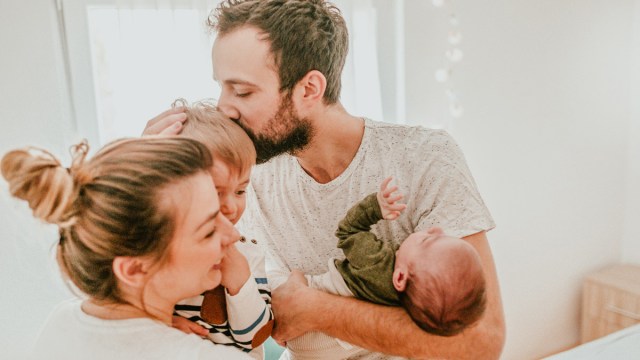
4. Don’t Blame the Baby
If your toddler is being demanding and you just need a minute, don’t say “I’m tired because the baby keeps me up all night,” says Locke. Your toddler will react by thinking who is this baby who is ruining my mom? Reframe it. You can say “I was awake a lot so I am feeling tired.”
Yoakley agrees. Try saying something like “My hands are busy right now” so your older child doesn’t see the baby as a threat. If you constantly blame your mood or inability to do things with your toddler on the baby, they may act out more towards their younger sibling, says Locke.
5. Don’t Assume the Worst in your Toddler
When your toddler tries a wrestling move on the newborn, don’t immediately assume they’re trying to murder them (even if it looks like it). In those heated moments, it’s important not to say things like “don’t hurt the baby,” because it can make your older child feel like they were doing something wrong and even more at odds with their new sibling. When they are too rough, make sure the baby is safe, and then talk to your toddler. Say something like “I know how much you love him and want to hug him, but he has a mushy brain,” recommends Locke. Be generous in your interpretation of their actions. When toddlers are too rough it usually comes from excitement and joy, and it’s not typically to harm them, says Locke.
If your toddler has been aggressive with the baby, talk to them to help them process their emotions and set limits on their reactions, says Yoakley. “Say, ‘I see you were upset with the baby. Can you tell me about that in words? We don’t hit the baby.’ And help them with their emotions.” Don’t just allow bad behavior because you feel guilty. It’s important to guide them through what’s appropriate and what’s not, she says, while understanding that their actions are the result of dealing with a major transition.
6. Don’t Compare Your Kids (Or Let Others)
It’s really easy to make your toddler feel like they’re not as cute and wonderful as the baby by the way you talk about them. When you run into other parents or friends, you might want to complain about your slightly deranged toddler but remember that they’re always listening. If they hear you say things like, “The baby is so much easier than my first,” or gush about some (obviously very cute) physical aspect of your newborn, your toddler can internalize the idea that they’re not as good as the baby and it can affect how they act going forward.
And it’s even more obvious when your friends and family gush over the new baby. It can be hard to manage those comments, like how different the baby is from their sibling.
Try Locke’s go-to statement when someone starts comparing your kids: “We have two different kids, and we’re so lucky! We would be bored if they were the same.”
7. Don’t Ignore Your Toddler Time
If your kid constantly hears “Not now,” “Hold on,” or “Wait a minute,” they won’t feel like they’re a priority anymore. When you can, spend some special one-on-one time with your toddler without the baby in the room. “Focus on how the relationship was before the baby,” recommends Yoakley.
It’s important to really pay attention to the new things your older child is doing to ensure you’re filling those attention and connection buckets, says Locke. Offer your toddler a compliment, noticing something they’re doing (or repeating what they said through active listening), and make it specific so they know they’re getting your attention.
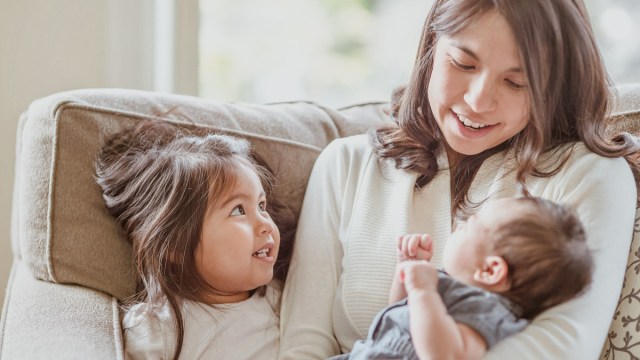





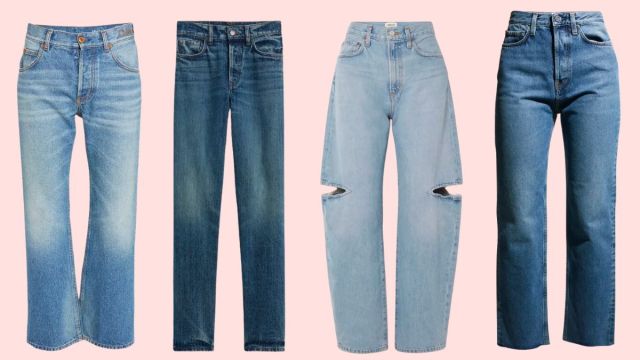
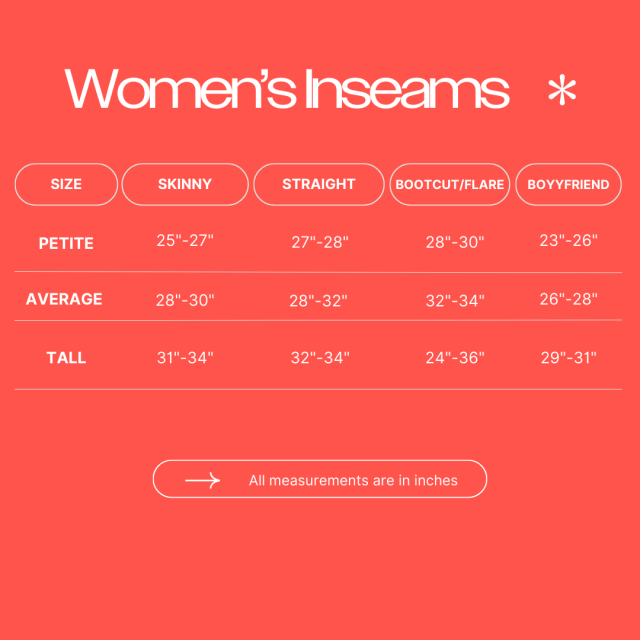
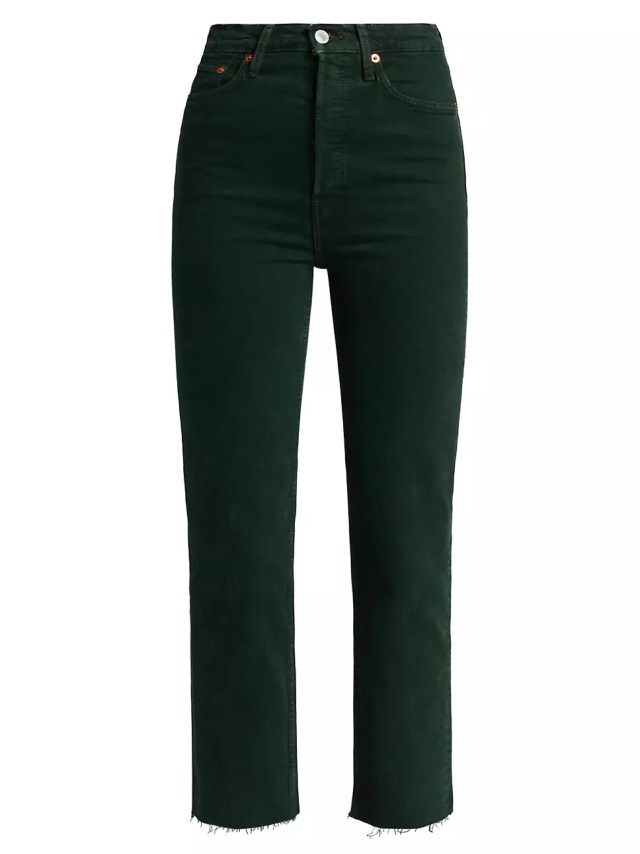
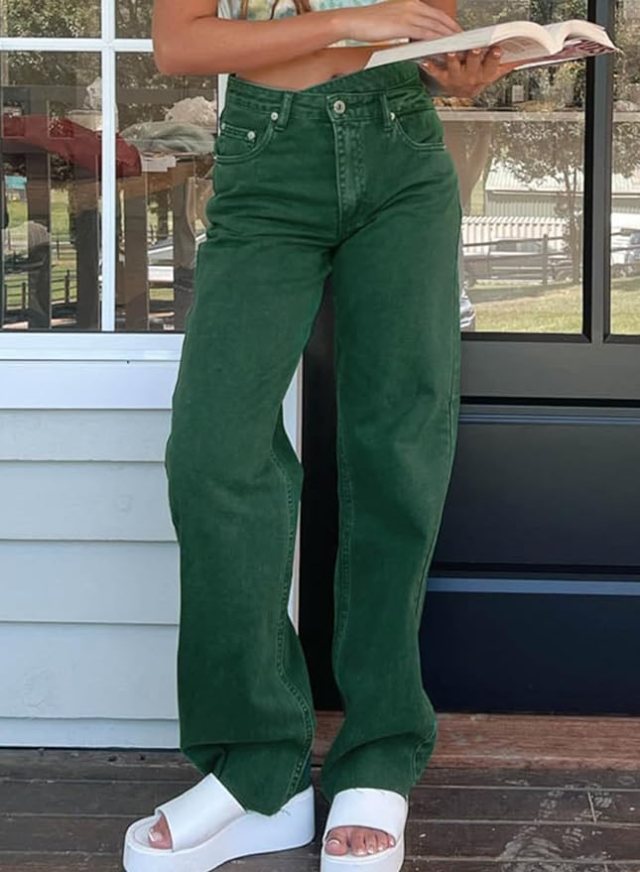
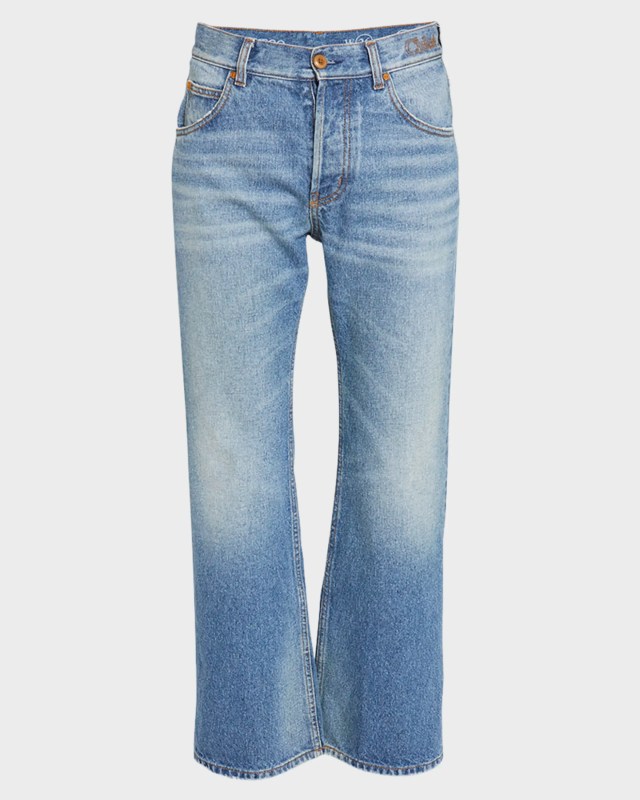
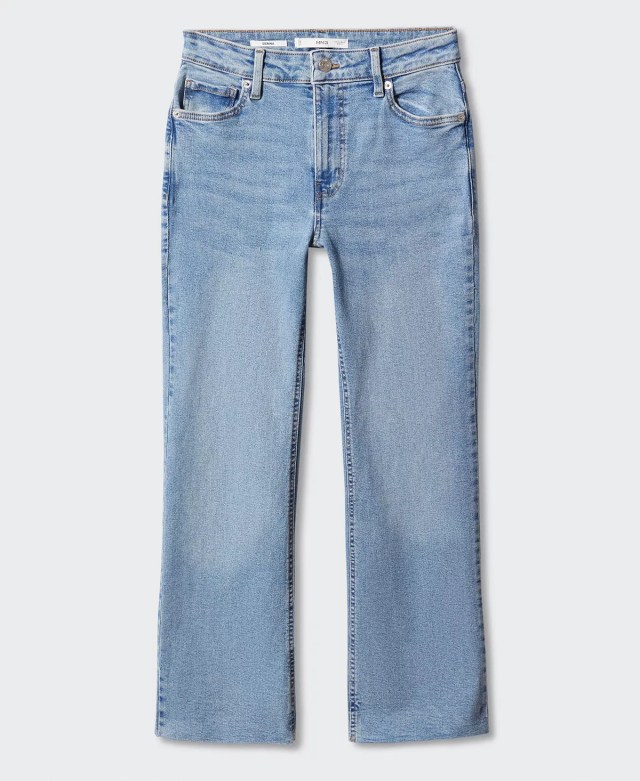
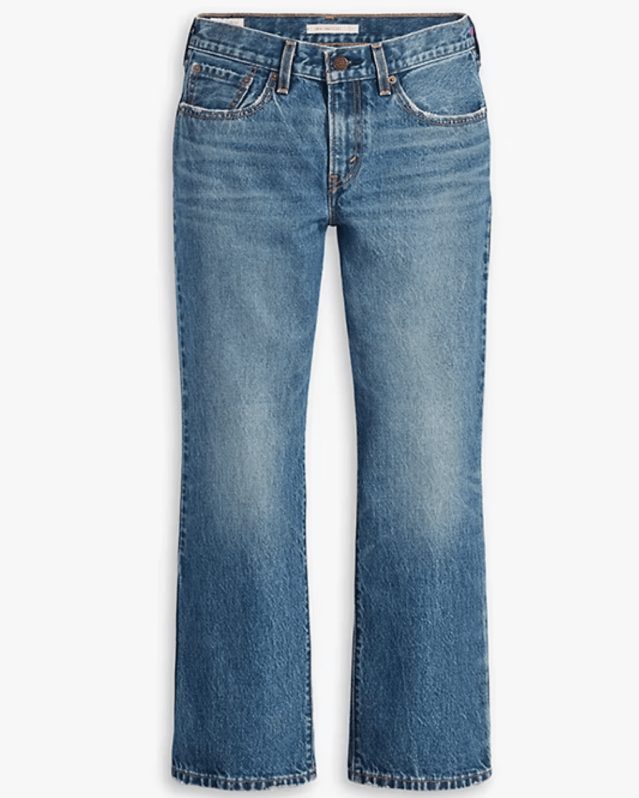
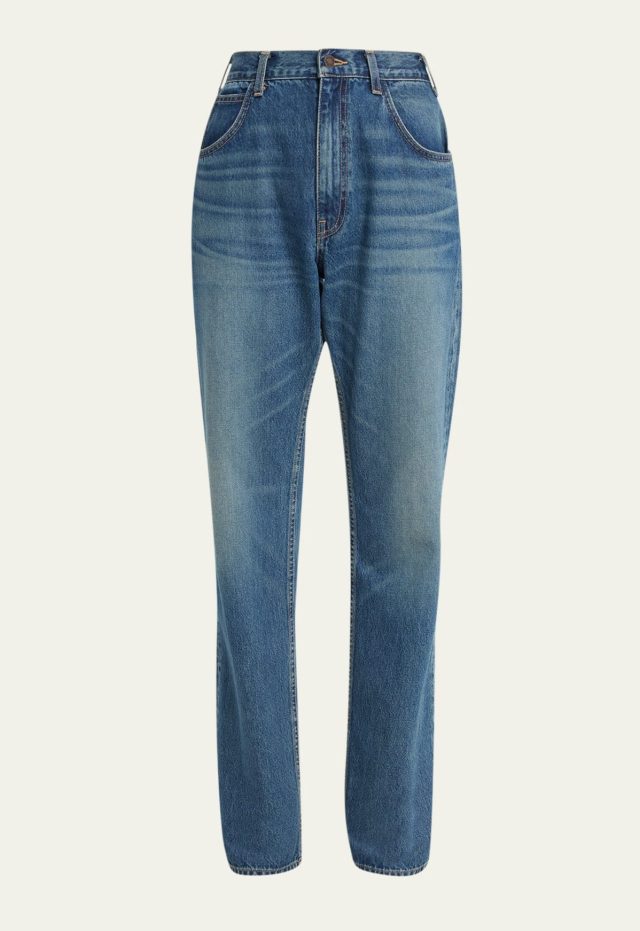
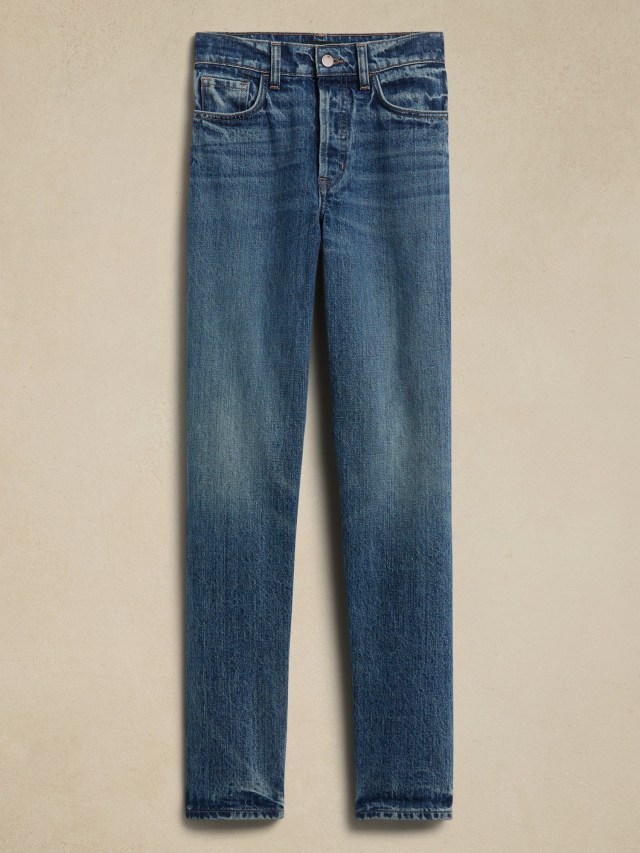
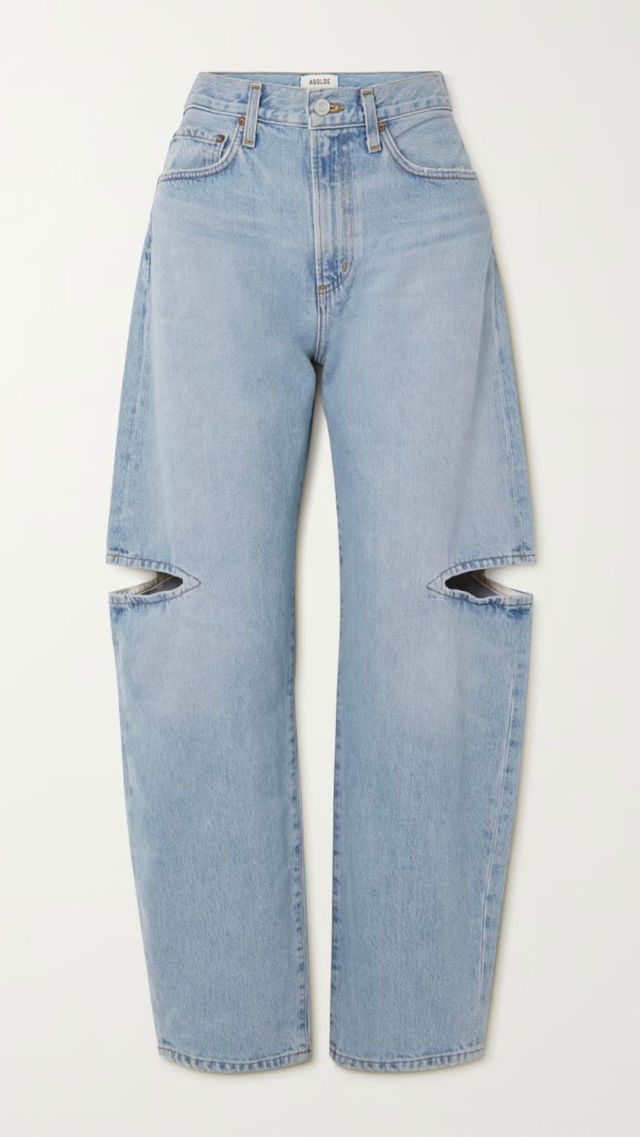
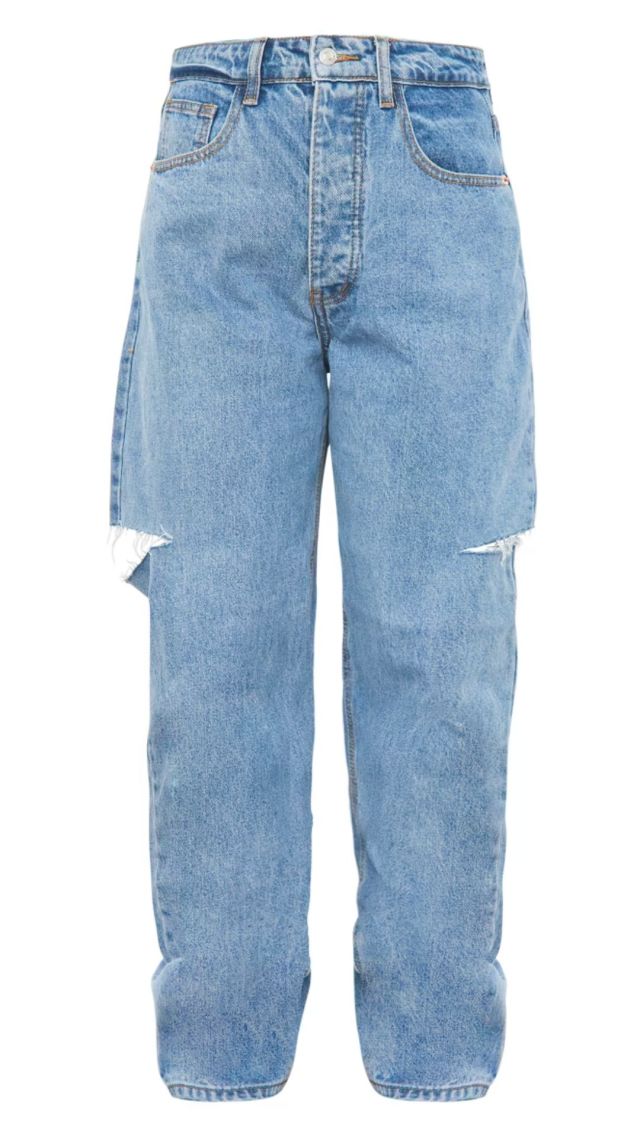
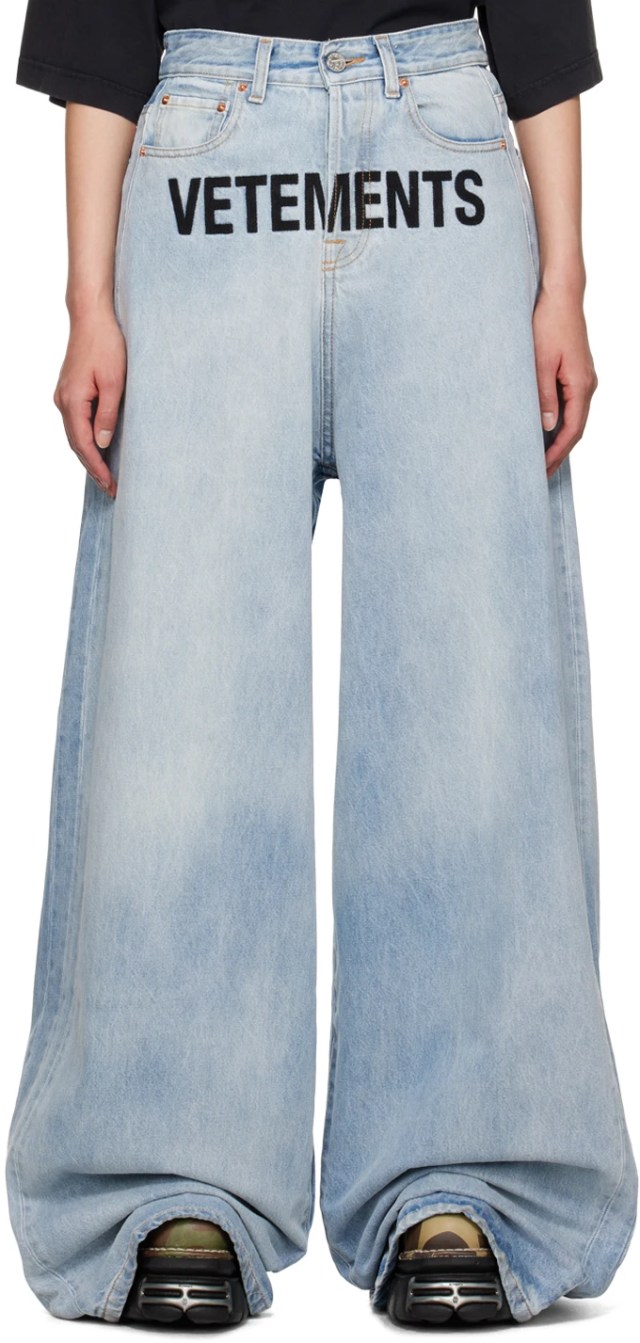
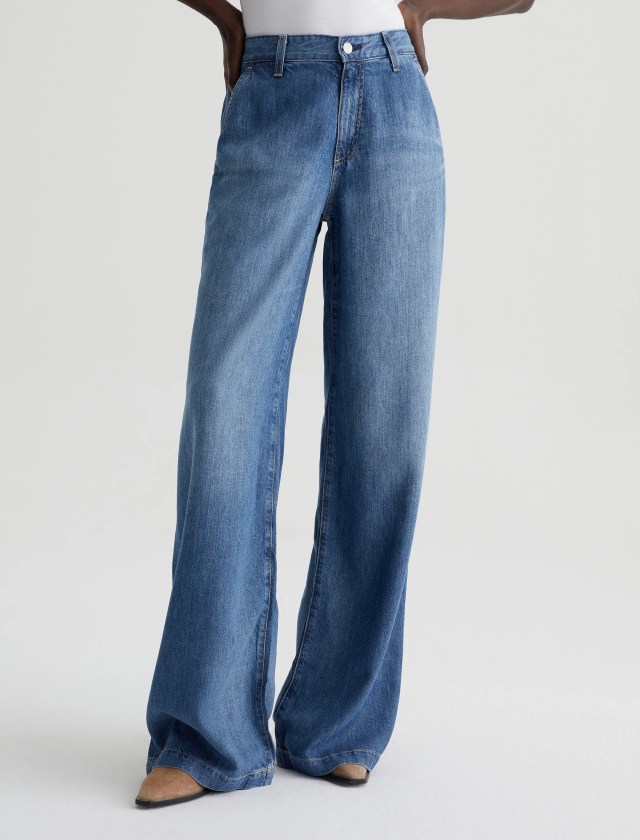
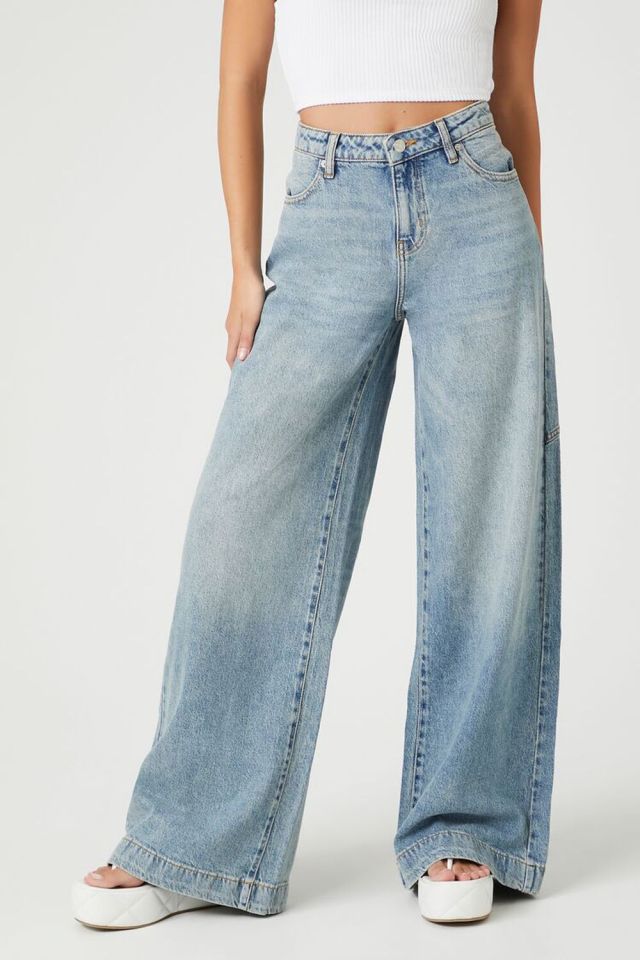
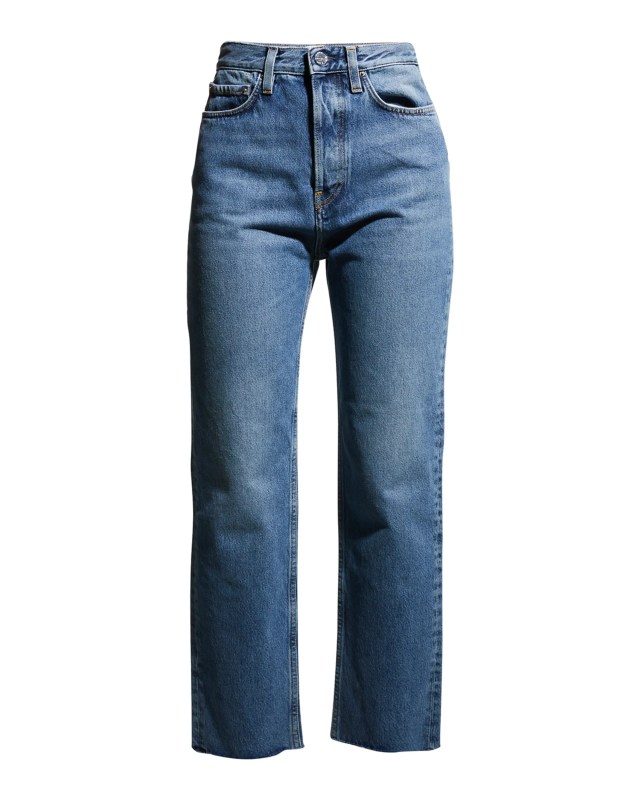
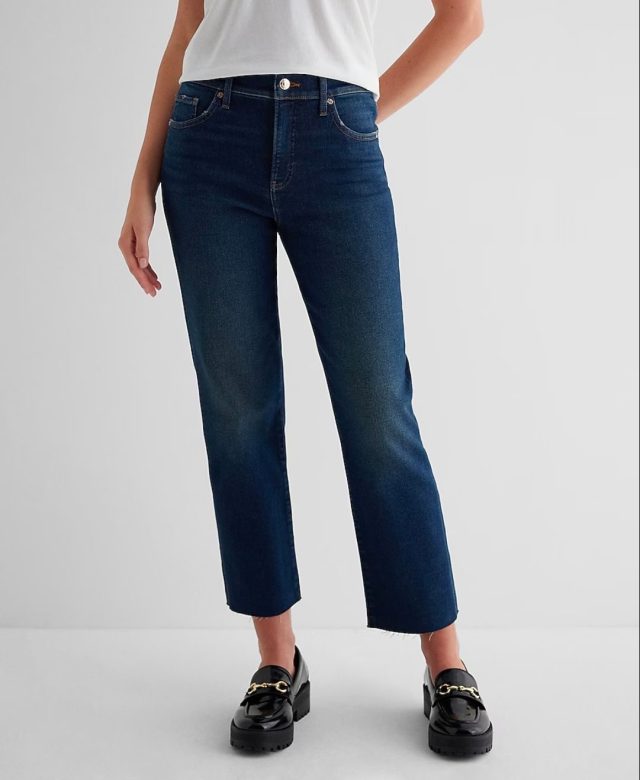
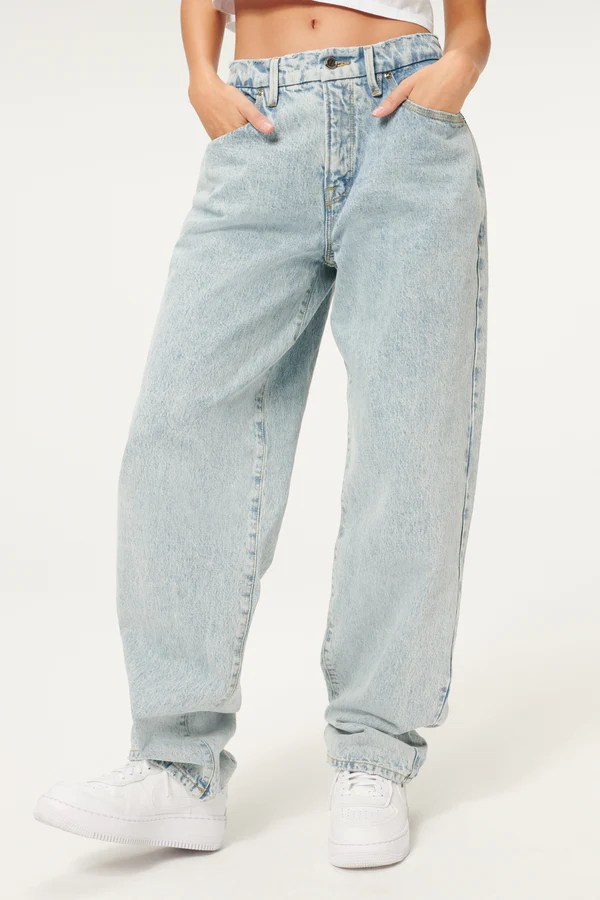
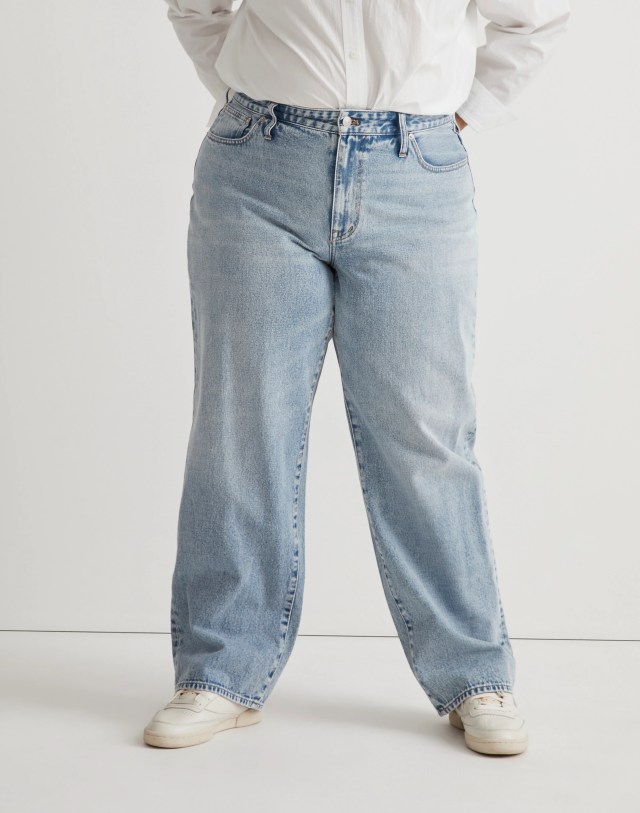
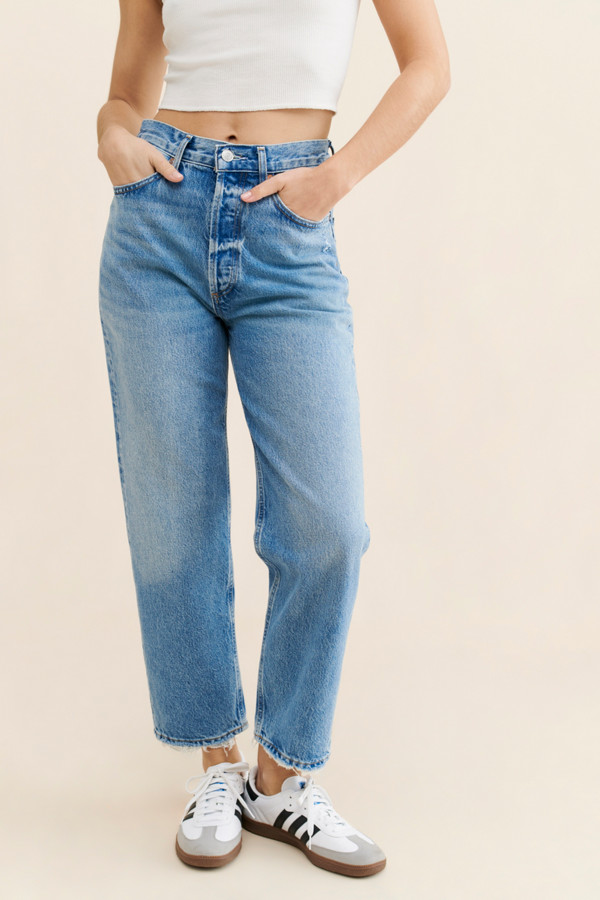
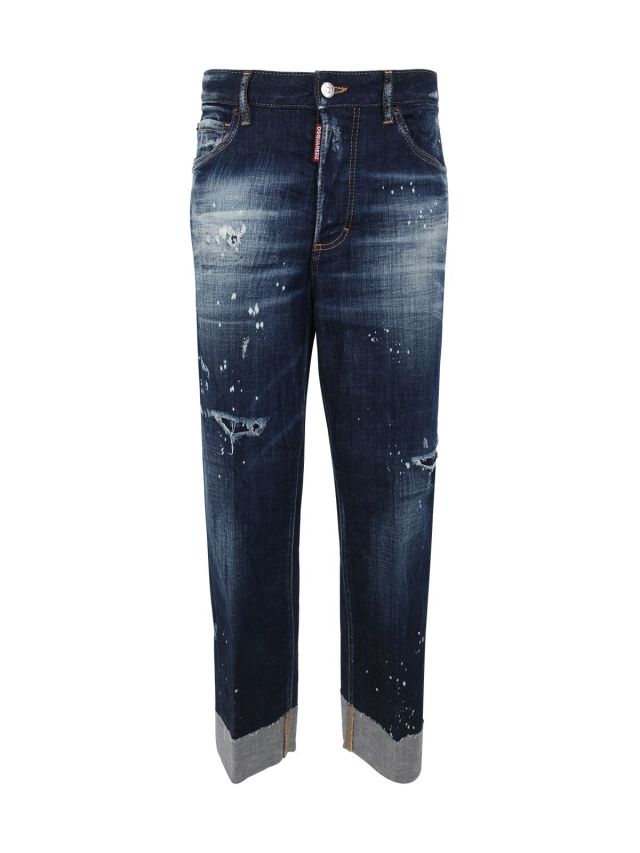
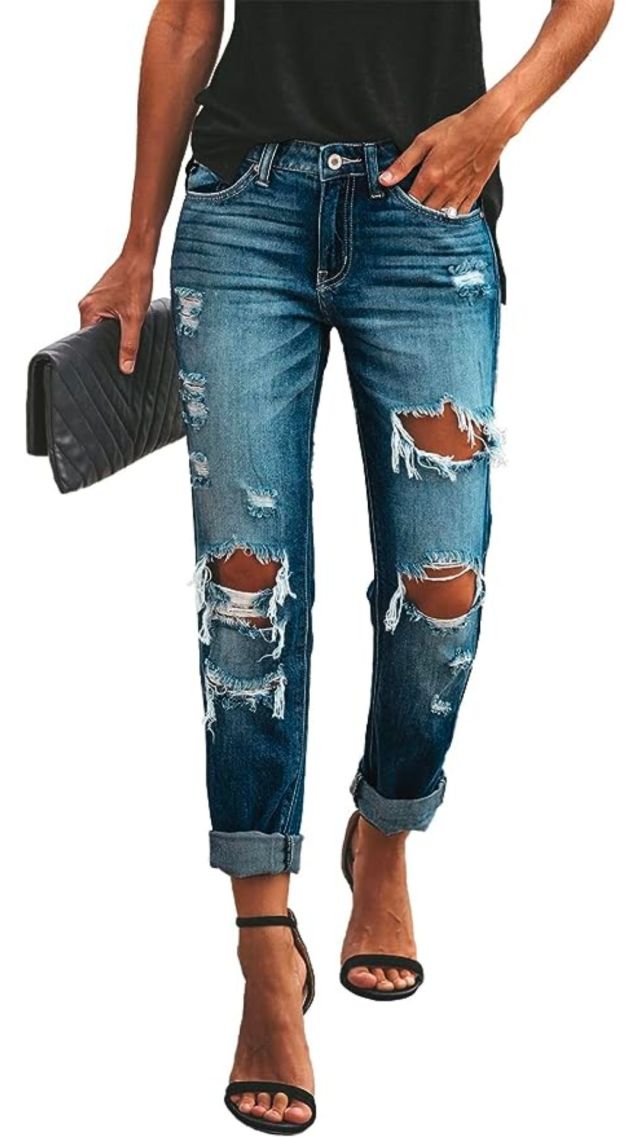
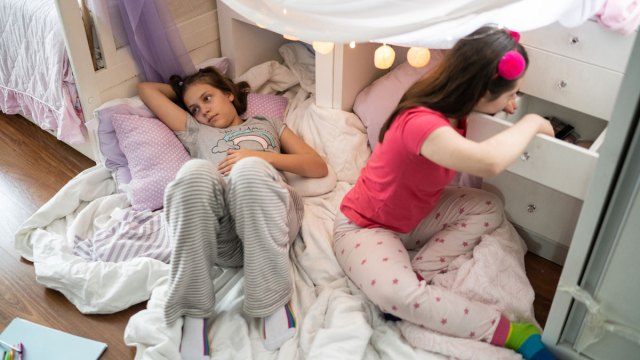
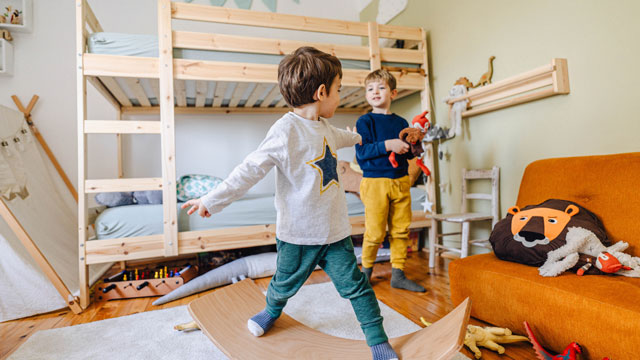
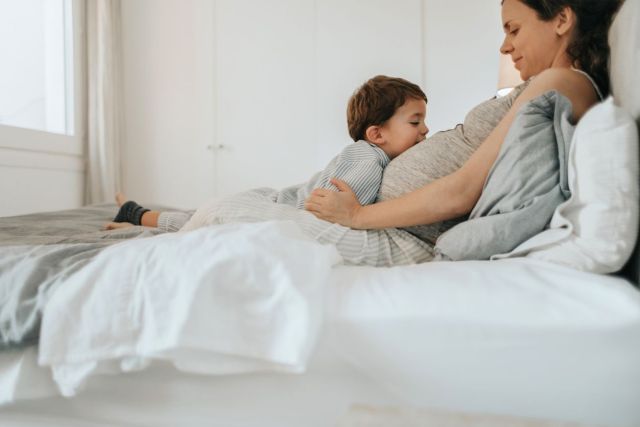
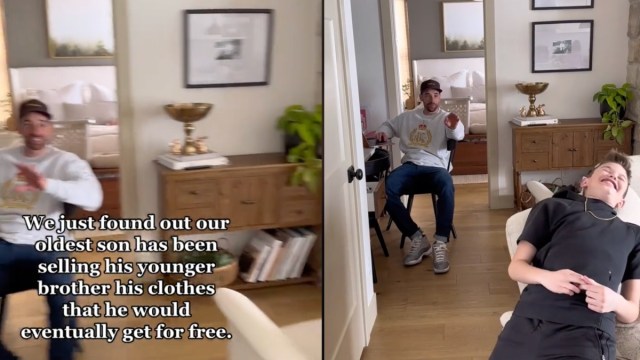
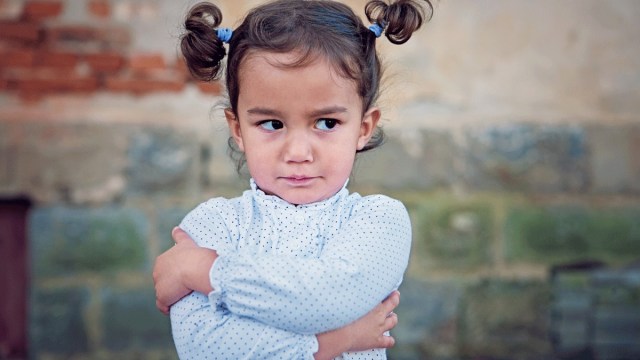
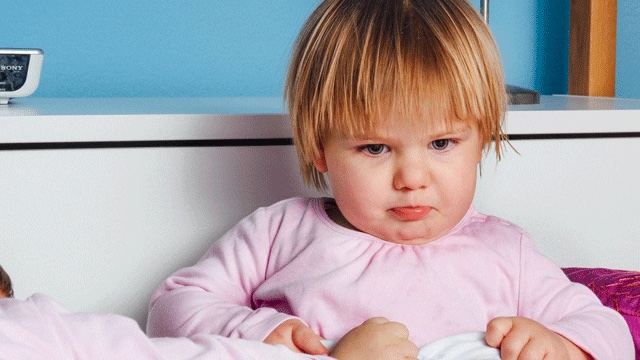


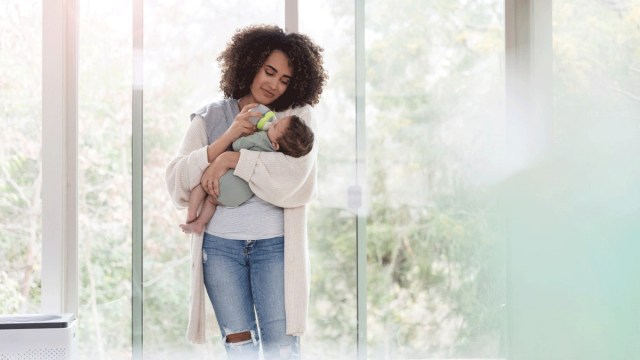
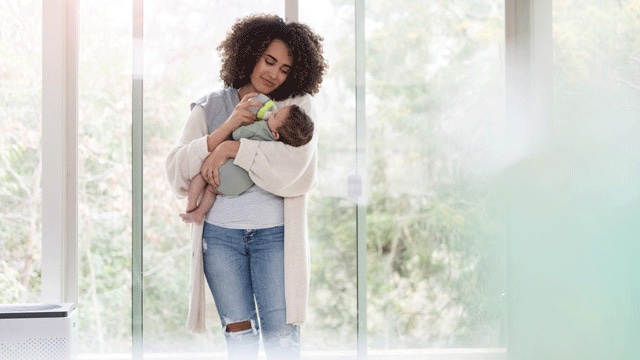
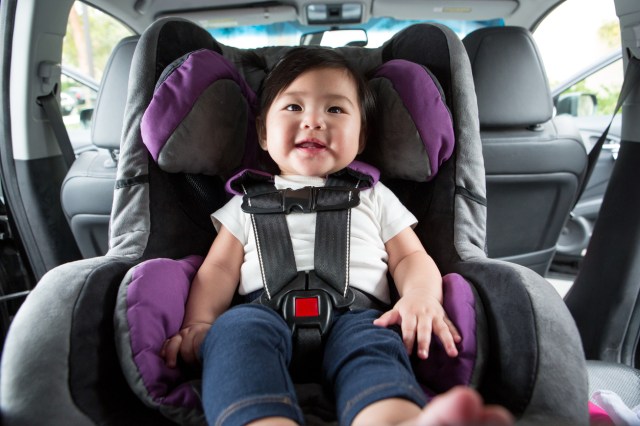

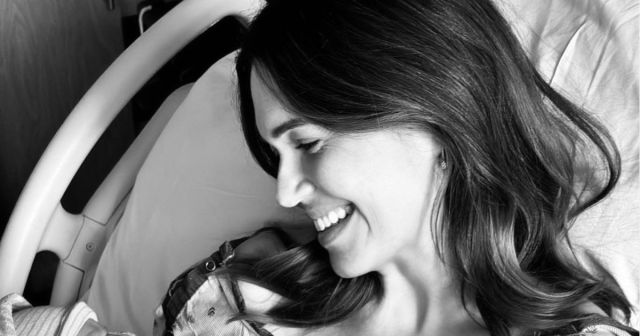
:max_bytes(150000):strip_icc():focal(535x119:537x121):format(webp)/Mandy-Moore-012323-2-d642a66f6cd6416c98a7ca4a6a2c47cb.jpg)




